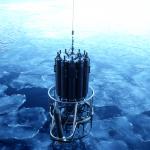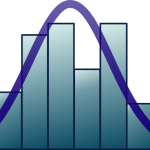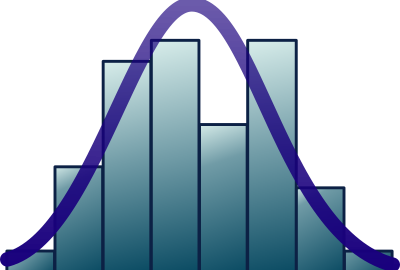Oceanography
This course is an overview of the marine environment and the different systems from which it is composed. It introduces to the main physical, geological, chemical processes and characteristics that are relevant to understand marine biology and functioning of marine ecosystems. Hence, it constitutes a pre-requirement for the next courses. Keywords: Marine geology, geomorphology and sediments, chemical and physical properties of seawater, ocean circulation, physics interactions with biology, biogeochemical cycles, global change and anthropogenic impacts, regional oceanography
Course Contents
Seafloor characteristics such as topography and bathymetry but also substrate will be introduced together with the responsible geological and water column processes yielding to marine sedimentation.
The main physical processes responsible for the most important biological and chemical features and processes in oceans and seas will be described:
- Link with climate/radiative budget, optical properties, temperature, salinity, density, water masses, stratification, mixing processes.
- Main mechanisms generating motion in the ocean.
- Thermohaline circulation.
- Barotropic and baroclinic conditions.
- Geostrophic currents.
- Wind driven circulation.
- Convergence and divergence.
- Dynamics of the coastal regions - coastal upwelling and associated features.
- Major ocean circulation systems.
- Waves and tides.
- Regional oceanography will describe the main features of oceanic basins: circulation (equatorial circulation, cyclonic and anticyclonic gyres...), climate (ENSO, monsoon...), and particularly of Iberia. Examples of impacts of global and anthropogenic changes on oceanic circulation and mixing.
Chemical properties of seawater will be explained:
- Salinity, sources and sinks of elements of major ions / conservative elements, nutrients, scavenged elements (riverine, volcanic and atmospheric supply, hydrothermal activity).
- Main important gases in the Ocean: oxygen and carbon dioxide, and interplay with biological processes.
- CO2, the carbonate system and alkalinity, marine carbon cycle biological, solubility and carbonate pumps.
- Marine biogeochemical cycles of macronutrients (N, P, Si), micronutrients and key role in biological processes, Redfield ratios.
- Examples of physics-biogeochemistry coupling (upwelling, OMZ...) and of impacts of global and anthropogenic changes on biogeochemistry and ecosystems will be introduced throughout the course (impact of dams, species migration, extension of OMZ, eutrophication, acidification, pollutants).
Final Competencies
- To get insight in the main oceanographic processes and characteristics.
- Ability to identify marine processes from oceanographic data, understanding of ocean circulation and its role on climate, biogeochemistry and ecology. Insights in main oceanographic processes including physical chemical and biological aspects.
- To understand the complex interdependence of humans and the ocean.
Further course information can be found here: https://studiekiezer.ugent.be/2025/studiefiche/en/C003873






